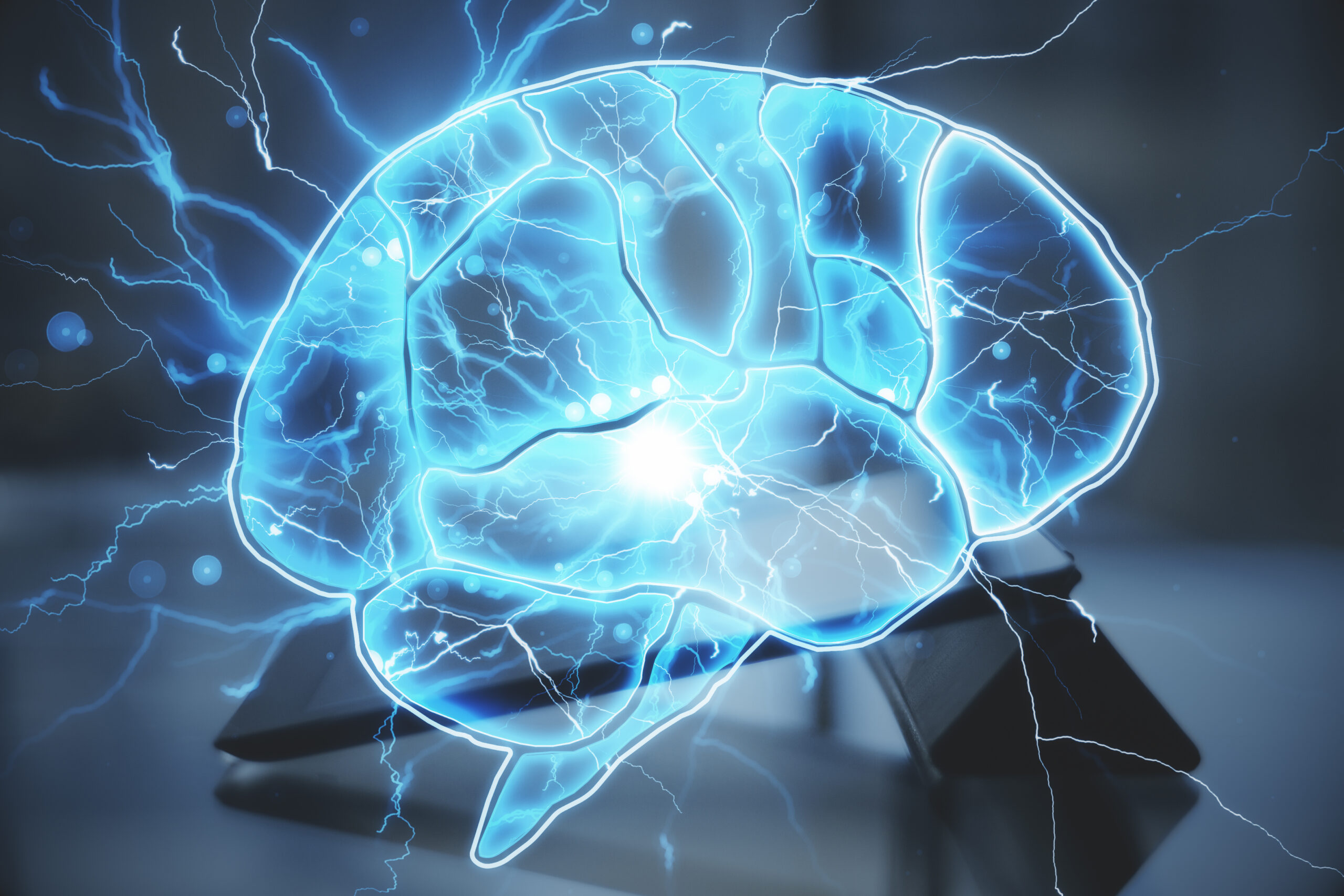If we were to look at some of the reasons why creatine is one of the most widely accepted and well considered options among the large pool of nutritional supplements for athletes, we could just consider its demonstrated overall effects regarding athletic performance, or its power-boosting properties for bulking, heavylifting, or endurance sports, as well as its many positive effects for casual users.
However, we should not forget that one of the most attractive features of creatine is, at the same time, one of its defining characteristics – the decades-long, thorough scientific research performed upon it, which has made it one of the safest and most reliable nutritional supplements. In this article we will delve deep into the ways science has helped rise creatine to its current market-leading position.
Enter THE SCIENCE BEHIND CREATINE!

HOW DID IT ALL BEGIN?
Our knowledge of creatine as an organic component dates as far back as 1832, when it was extracted from animal flesh and isolated for the first time by French chemist Michel Eugène Chevreul.
However, it was not until the latter decades of the 20th century that research investigating the properties of creatine and its role in muscle accretion and performance, effects on bone health, and brain function across a variety of populations was performed, with consistent and mostly crystal-clear results.
THE SCIENCE BEHIND CREATINE PROPERTIES
As you may be familiar with, creatine is a molecule made up of three amino-acids: arginine, glycine, and methionine. It is naturally produced in the liver, pancreas, and kidneys and is then transported to the muscles through the bloodstream. The body produces about 1 gram of creatine per day on average in young adults, while the rest is obtained through the diet.

what creatine does to your body
In case you’re wondering how creatine works exactly in non-technical terms, the process goes a bit like this:
The active form of creatine (phosphocreatine) helps the formation of adenosine triphosphate (ATP), which is a key molecule used by your cells for energy and other basic life functions. ATP is broken down during exercise to produce energy. Creatine increases your phosphocreatine stores, allowing your body to produce more ATP energy to fuel your muscles during high-intensity exercise, helping you perform at the peak of your capacity.
We hope that will do!
THE STRENGTHS OF CREATINE
The positive effects of creatine on athletic performance have been backed by decades of studies and scientific research. Particularly, these investigations have led to the conclusion that it does indeed help your body improve resistance performance and strength in high intensity exercise, intermittent speed training, and aerobic performance, while increasing your muscle mass levels and improving your recovery times after exercise.
Long story short, we can extract from research that creatine supplementation has direct benefits on cardiorespiratory endurance, muscular endurance, muscular strength, flexibility and mobility, and body composition, all of which are fundamental elements of effective athletic performance.

THE SCIENCE BEHIND CREATINE MYTHS
At the same time that scientific research proves facts, it also debunks myths that may originate from misinformation, incomplete or preliminary studies, or plain misconceptions. As many others, creatine has been affected by these myths, some of which still prevail to this day.
Over time, creatine has been wrongly associated with fat mass increasing, muscle cramping, both water retention and dehydration, kidney and renal disfunction, acne, hair loss, and mood swings, among others.
However, the history over 500 peer-referenced publications involving creatine supplementation have consistently proven every single one of these myths wrong. Be it through post marketing surveillance, clinical trials, target-oriented research, or extended periods of analysis, the constency of these results have remained unchanged over the decades, cementing its reputation as one of the safest products in the market.
You can get further information about all these creatine myths in both this and this other article.

THE SCIENCE BEHIND CREATINE INTAKE
Undoubtedly, one of the key elements of nutritional supplementation has to do with intake regulations. What is the right dose? Does it depend on the person? What is the most appropriate time to do it? Is it before or after workout? What are the consequences of missing a dose? What if I take a day off? Fortunately, science also has answers for all those questions.
THE RIGHT AMOUNT OF CREATINE
On the one hand, science has proven that the adequate creatine intake will depend mostly on your body weight. A 5-gram dose (the size of a standard scoop) is an appropriate measure for athletes in general, while smaller of lightweight athletes may do fine with a daily dosage of 3 grams a day. As usually, consistency is the key.
Combined with resistance training, this standard dosage of creatine supplementation has shown to be enough to improve measures of lean tissue mass, regional muscle growth, and muscle performance in young and older adults, resulting in higher levels of endurance, strength, and power. However, further investigation has shown that higher dosages of creatine (around 8 grams) help reduce levels of bone mineral density loss and bone resorption in older adults, which would aid in fighting osteopenia and osteoporosis.

THE RIGHT TIME FOR CREATINE
On the other hand, scientific consensus has not been reached on whether creatine is to be taken before or after workout. However, this is in no way a negative conclusion. No significant differences have been found between taking creatine in advance of workout or once you are done, although its use is recommended shortly before or after the exercise session. This also allows for the possibility of splitting the dosage, taking half before and half after your session.
Since no creatine properties are diminished by choosing either way, this lack of scientific agreement regarding the ideal intake time allows athletes some margin for freedom.
RIGHTING THE WRONGS
There is always a possibility of forgetting to take your daily scoop. Regarding the consequences of missing a dose, there is nothing to worry about once you have reached saturation, either through a loading protocol or consistent supplementation of 3-5 grams with phosphocreatine. Research has shown that creatine levels remain high in the body for about 4-6 weeks after stopping supplementation, so there is not even a need to «double up» to cover missed days.
Last but not least, in order to get the most out of your creatine supplementation it ought to be taken daily, even on your off days. The goal of supplementing on rest days is to maintain consistently elevated levels of phosphocreatine in your muscle tissue. In any case, the timing for these doses on your off days are probably less important than on days you do exercise.

CONCLUSION
As we have seen in our article THE SCIENCE BEHIND CREATINE, the reputation of this nutritional supplement is undeniably well deserved. Even in that case, there are different valid formulas for creatine intake. Since creatine does not require a loading phase, the recommended one is that which contains both creatine monohydrate and phosphocreatine — about which you can learn more here.
That makes Clonapure® – and its exclusive formula – the only product in the market that gives you immediate energy for your muscles, which translates into more energy, shorter recoveries and better performance. Clonapure® is manufactured in a GMP site and has had its purity and quality consistently verified through continuous testing (HPLC). Do you want to give Clonapure® a go? This is the place!





